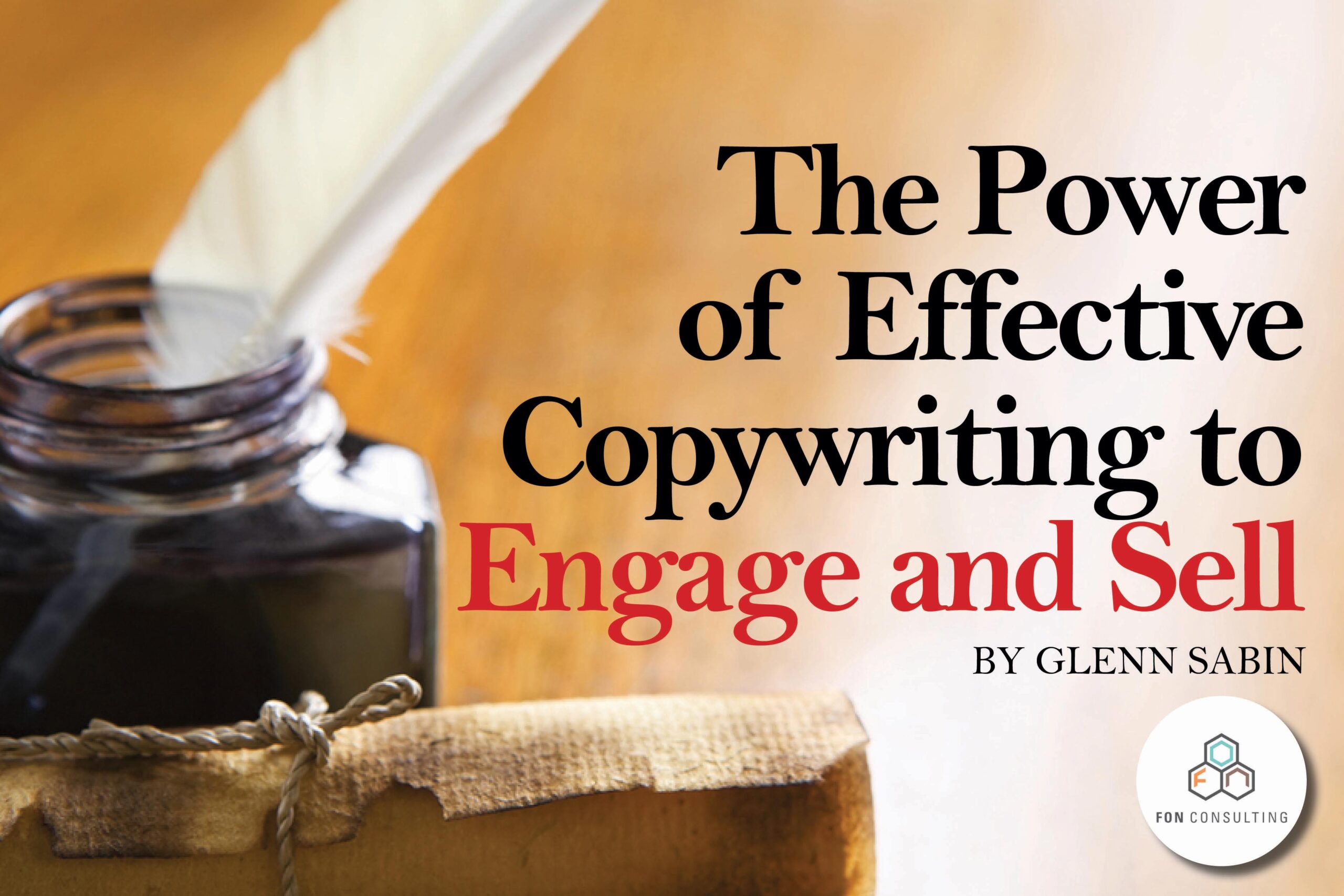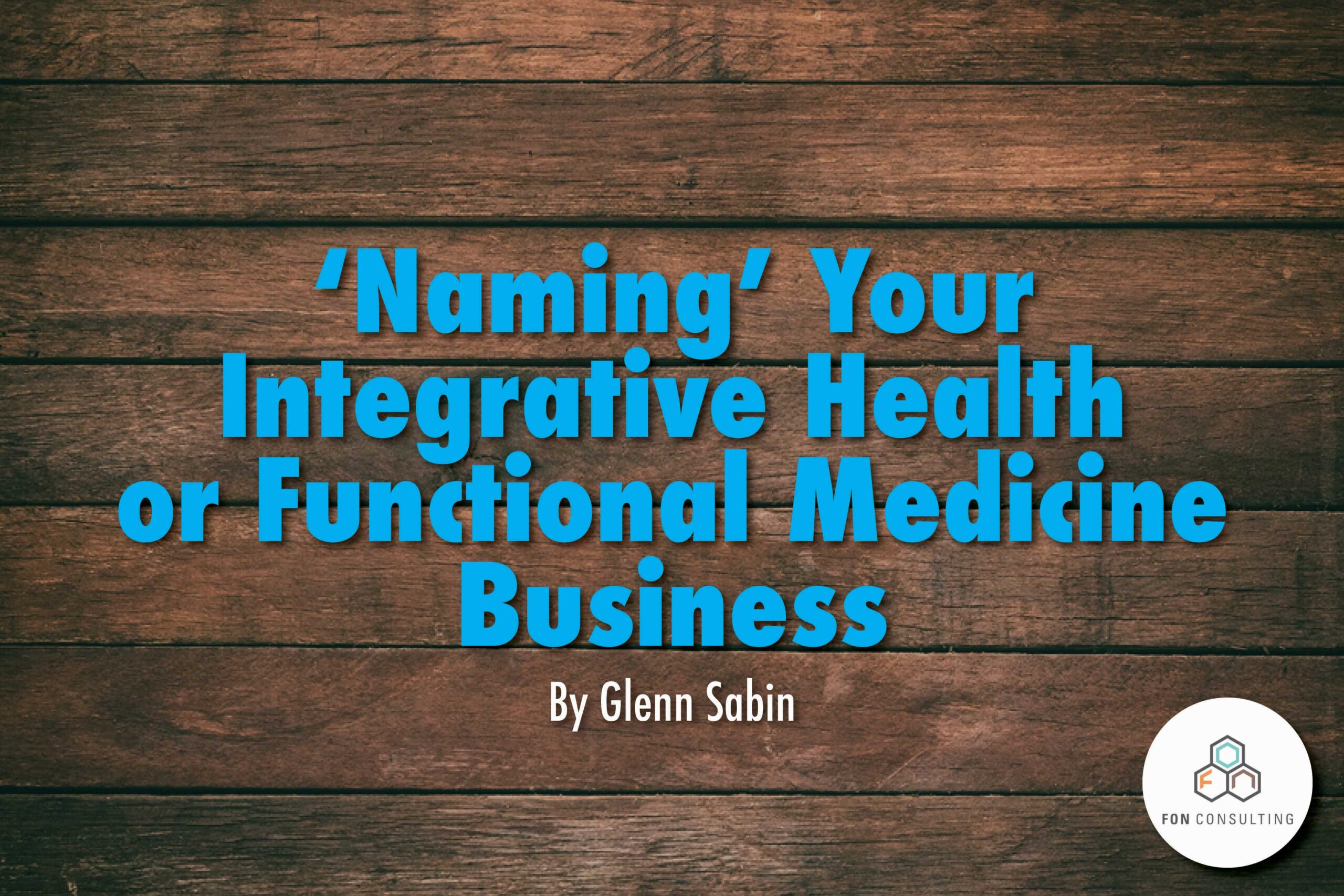Behind The Decisions: The Anatomy of n of 1
By Glenn Sabin

It’s no secret that I have a deep passion for integrative oncology and a patient-centered, patient empowered approach to health creation. My purview is both wide and deep, on the business, political, scientific, and clinical aspects of oncology.
Cancer is an incredibly delicate topic; nearly all of us are touched by its insidious reach—members of my own family have been heavily stricken by it. I have been a survivor (though I prefer the term, thriver) for almost half my life. For me, because cancer is incredibly personal, I am committed to playing a vital role in progressive outcomes.
My new book, n of 1: One man’s Harvard-documented remission of incurable cancer using only natural methods, was launched on December 27.
What does “n of 1” mean? The letter “n” refers to the total number of subjects participating in a research trial. For example, a study with 100 subjects has an “n” of 100. An “n-of-1” trial has only one subject. In my case, that subject was me. And it was very informal.
n of 1 is not a particularly large book. Its content required the organization of a quarter century of personal details and medical records in order to organize, create a precise timeline, and shape an outline, but that is not the reason why it took five years to publish.
Candidly, it was not the actual writing of the book that took so long to bring n of 1 to life; it was the myriad minutiae required to ensure the finished work be as flawless as possible by applying the highest standard of integrity possible.
My story needed to be delivered responsibly, accurately, and authentically. To the extent possible, it needed to be beyond reproach. Let me explain.
The Anatomy of n of 1
Clinical Case Chronicled By Top Cancer Institution
Within a few months after diagnosis (1991) I was seen and restaged at Harvard’s Dana-Farber Cancer Institute by a clinician-investigator expert in my disease: CLL. From that point on, every blood draw, biopsy, and scan, regardless of origin, was captured through Harvard’s medical system.
Vigilant Collection of 25 Years of Medical History
In the planning of n of 1, Dr. Lemanne and I pored over and organized reams of paper medical records and digital files.
Stanford-Trained Medical Oncologist Enlisted as Co-Author
Dawn Lemanne, MD, MPH is a well-regarded and highly-respected medical oncologist, and fellowship trained integrative oncologist; one of the few in the U.S. In addition, she holds advanced degrees in public health and medical writing from Johns Hopkins.
Partnering with an oncologist for the development of n of 1 was imperative. The medical facts and citations required absolute accuracy. Notably, Dr. Lemanne writes superbly, and with grace. She took my 60,000 word package and transformed it into an incredibly readable, fat-free missive.
Scientific Editing By Johns Hopkins Medical Writer
n of 1 underwent multiple rounds of scientific edits by Sarah L. Poynton, PhD, a scientist, medical writer, and associate professor at Johns Hopkins Bloomberg School of Public Health. She had the expertise and proficiency to organize the content and polish it.
Case Report Published Prior to Publication
My clinical case was peer-reviewed, published, and indexed in medical literature, before n of 1 went to press. Five co-authors contributed to its development, including: Dawn Lemanne, MD, MPH, Oregon Integrative Oncology; Keith I. Block, Block Center for Integrative Cancer Treatment, Department of Medicinal Chemistry and Pharmacognosy, College of Pharmacy, University of Illinois at Chicago; Bruce R. Kressel, MD, Medical Oncology/Hematology, The Johns Hopkins University School of Medicine; Vikas P. Sukhatme, MD, ScD, School of Medicine, BIDMC, Harvard Medical School; and Jeffrey D. White, MD, Director, Office of Cancer Complementary and Alternative Medicine, National Cancer Institute, US National Institutes of Health.
Even with a high quality published case report, I am the first to readily admit that mine is an anecdotal case. However, I urge the physicians who care for exceptional patients to publish case reports. I also encourage participation in various National Cancer Institute programs that I discuss here.
n of 1 is NOT Prescriptive
Those looking for an actionable recipe or specific guide to ‘curing’ their disease will not find it in n of 1. It displays my specific and personal, medically-documented story.
My book does not advocate for ‘alternative’ cancer treatments in lieu of proven, curative standard of care regimens. Alternative cancer treatments can cause harm, even death.
Admittedly, this was a particularly hard topic to internally reconcile because I did refuse conventional systemic therapy at one point. I don’t want to ruin the story for those that have not read the book, but let’s just say that conventional therapy was not a ‘curative’ option in my case, at that time.
I hope the book points out that I did not abandon conventional care in favor of ‘alternative medicine.’ Quite the opposite: I enlisted the aid of my oncologists at every step of the way. They stood at-the-ready if and when conventional care was needed.
n of 1 does not name natural products or brands as a shopping list for folks to go out and purchase, though it does discuss what I did for my specific situation. My thinking on natural products and their potential to harm or benefit are relatively well known from my writing.
The book, n of 1, is Conjecture-Free
The book makes no claims or pronouncements about cause and effect. I brought to bear a comprehensive regimen, heavy on lifestyle medicine and integrative approaches that included and continues to include, select dietary supplements to help create an internal biochemical environment less friendly to cancer.
My case includes two exceptional clinical outcomes over the years:
- The first occurred in 2003, 12 years after diagnosis. This included reversing a CLL-induced autoimmune hemolytic anemia without steroids or other agents. This was the first time such an occurrence has been recorded in the medical literature.
- The second occurred in 2012, 21 years after my diagnosis, with complete clearing of leukemic cells in the bone marrow, again without conventional methods of intervention.
For now I will say only two things with certainty. First, rather than wave away such occurrences as spontaneous or inexplicable, I believe we should look for the rational, scientific explanations behind them. Second, I do not talk about being ‘cured’ in my book, nor do I use this term to describe my current condition.
The leukemia may still be lurking somewhere in my body, in amounts too minute to be picked up on a scan or bone marrow biopsy. I simply say I am healed. For today.
The truth about temarkable cancer recovery stories…
…is that many are not well-documented. They should be.
Dr. Lemanne and I set forth to capture my story in such a way that would set an example, one way exceptional patients—and those integrating non-conventional approaches in the management of their disease—might go about chronicling their experiences. The more such cases are brought forth for examination, the more we all can learn about cancer and how to overcome it.
Our readers, the majority of whom are in some way affected by cancer, deserve no less.

Read Glenn’s story.





















